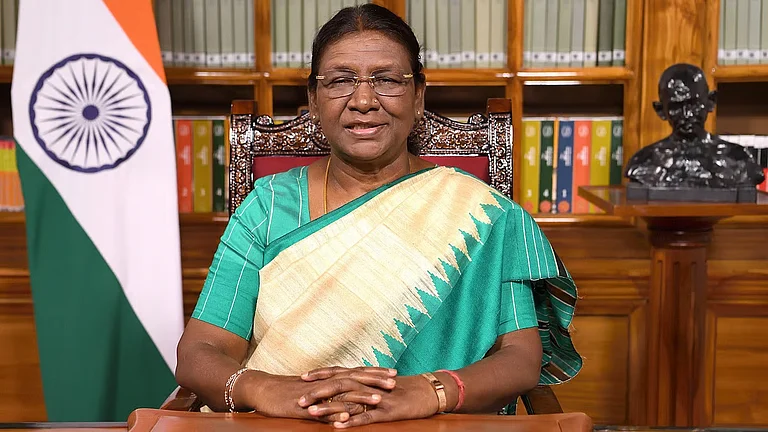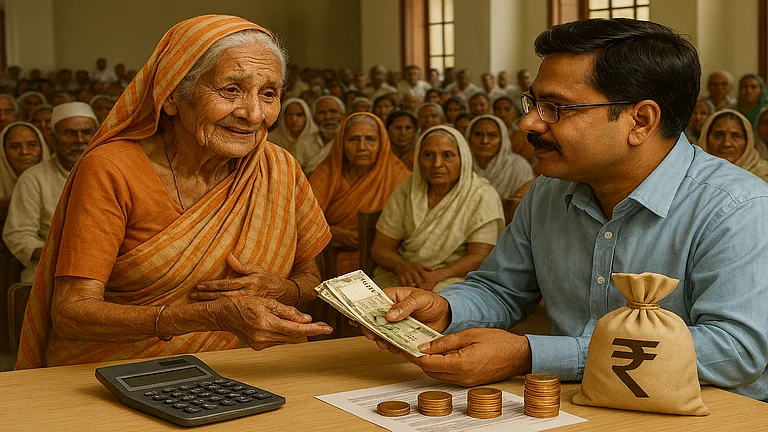The Pradhan Mantri Awas Yojana (PMAY) is a government housing scheme that assists low-income households in constructing or purchasing homes of their own. The scheme is specifically for individuals who have no pucca (permanent) home and are economically weaker sections of society. In this scheme, those eligible families are provided with financial assistance to build or renovate a house, either in urban or rural settings.
The deadline to apply under PMAY was extended by the government recently, up to December 2025. This provides additional time for those who have not applied or are yet to get registered. Urban and rural dwellers are eligible to apply if they qualify according to the rules of eligibility.
What is PMAY
PMAY was inaugurated by the Government of India under the vision of "Housing for All." PMAY gives subsidies and assistance to below-poverty-line families belonging to Scheduled Castes (SC), Scheduled Tribes (ST), Other Backward Classes (OBC), and other categories who are not the owners of suitable houses. PMAY is two-pronged: PMAY-Urban (PMAY-U) and PMAY-Gramin (PMAY-G). The urban segment is aimed at inhabitants of cities or towns, and the rural segment is for villagers.
Since the introduction of PMAY, more than 92.61 lakh houses have been constructed, as per official statistics. PMAY has enabled numerous families to shift into permanent dwellings from temporary accommodations or kutcha houses.
Who Can Apply
Eligibility under PMAY is based on income, social class, and if you already possess a permanent house. For PMAY-Urban, there are four categories:
Economically Weaker Section (EWS) comprises households with incomes up to Rs 3 lakh annually.
Lower Income Group (LIG) consists of families that have an income of Rs 3 lakh to Rs 6 lakh per year.
Middle Income Group I (MIG-I) comprises families that have an income of Rs 6 lakh to Rs 9 lakh per year.
Slum dwellers in urban areas are also covered.
In each instance, the applicant should not already possess a pucca house anywhere in India. PMAY also caters to workers in the informal economy. Rickshaw pullers, daily wage earners, street vendors, construction labourers, domestic workers, and other such populations from EWS or LIG groups are included under the urban scheme. Also eligible are widows and minority families with low incomes.
Eligibility for PMAY-Gramin
In rural areas, the PMAY-Gramin component provides assistance to homeless families or those residing in kutcha houses constructed using temporary materials such as mud or thatch. The focus is on households that are enumerated in Socio-Economic and Caste Census (SECC) records. These are those residing in kutcha houses with one or two rooms having fragile walls and roofs.
Nonetheless, not everybody can avail. Certain rules of exclusion hold under PMAY-G to ensure the benefit reaches only those who are genuinely in need. The families are not qualified if they are already residing in a pucca house or have any of the following:
A motor vehicle such as a two-wheeler, three-wheeler or car
Mechanised farm implements
A Kisan Credit Card with a credit facility of Rs 50,000 or above
A government jobholder in the family
A non-agricultural enterprise that is government-registered
Payment history of income tax or professional tax
Article such as a refrigerator or landline telephone
Land ownership may also disqualify you. Families who own over 2.5 acres of irrigated land or 7.5 acres with irrigation facilities might get disqualified.
Who is Given the Priority
The scheme is meant to help the most vulnerable people in both urban and rural areas. In cities, this includes people from SC, ST, OBC and minority groups, as well as migrant workers and widows from poor families. In rural areas, the focus is on homeless people, manual scavengers, tribal groups, and those who have been released from bonded labour.
By considering these classes first, the scheme makes sure that the worst-off sections are not excluded.
Documents Required
To register for PMAY, you must submit some standard documents that establish your identity, income, and housing status.
For PMAY-Urban:
Aadhaar card of the applicant and family members
Aadhaar-linked bank account details
Income documents like salary slips or self-declaration
Evidence of land or property ownership, if it applies
For PMAY-Gramin:
Aadhaar card
MGNREGA job card
Bank account information
Swachh Bharat Mission (SBM) number
An affidavit stating that the family does not possess a pucca house
Ensure all documents are current and in the right format prior to commencing the application.
How to Apply for PMAY-Urban
You can apply for PMAY-U online on the official website. The process is straightforward and can be completed from home.
First, visit the official PMAY-U 2.0 portal and click the 'Apply for PMAY-U 2.0' link. Go through the instructions and click 'Click to Proceed.' Keep all your documents ready.
Next, complete the eligibility form and enter your Aadhaar number. After your Aadhaar is verified via an OTP, you will be taken to the main application form.
Fill out your details meticulously, such as your name, income, family size, and residential status. Upload the documents that are needed and fill in the captcha code before you submit the form. After submitting, you can print out a copy of the form for personal record.
How to Apply for PMAY-Gramin
For rural areas, the process is slightly different. Go to the official PMAY-G website to start. Enter your basic information and attach a consent form. Next, look for your name in the list of SECC beneficiaries. After finding your name, click 'Select to Register.'
Your basic information will be auto-filled. You have to enter your bank account information and any other details pertaining to government schemes that you are enrolled in.
The last part of the application is filled in by the staff from the local government or gram panchayat representatives, who will authenticate the information and forward the application.
Track Your Application
If you've applied already and need to check your application status, you can follow up on it online on the PMAY website. Use your Aadhaar number or application ID to follow up on progress.
With the deadline now being pushed to December 2025, families have more time to finish their applications and take advantage of the scheme. But it's always wise to apply early to avoid last-minute delays or rush.
PMAY has been instrumental in closing the housing gap in India by aiding those individuals who could not otherwise afford a house. The scheme has enabled many poor and low-income householders to shift away from dangerous and transient shelters to safer, permanent dwellings.
With the window to apply now open until December 2025, it may be time to apply if you or somebody you know does not yet have a home. It simply requires some papers and an easy online application to make a start towards securing a stable home.














